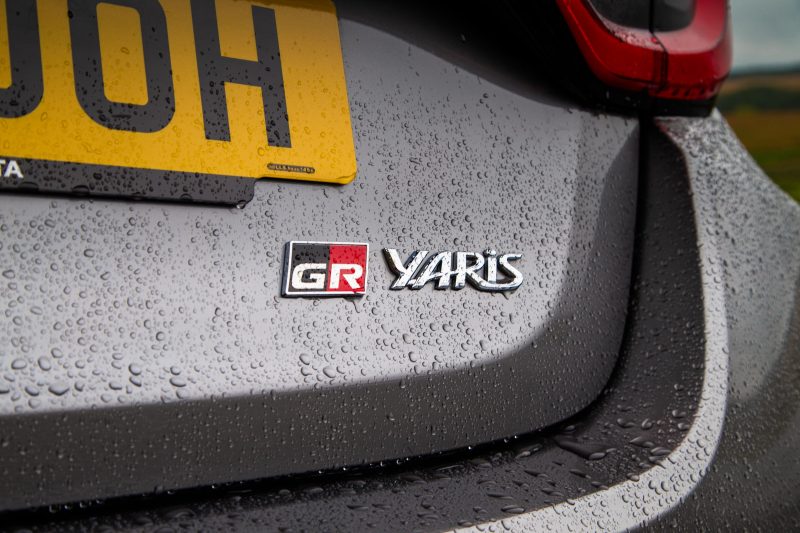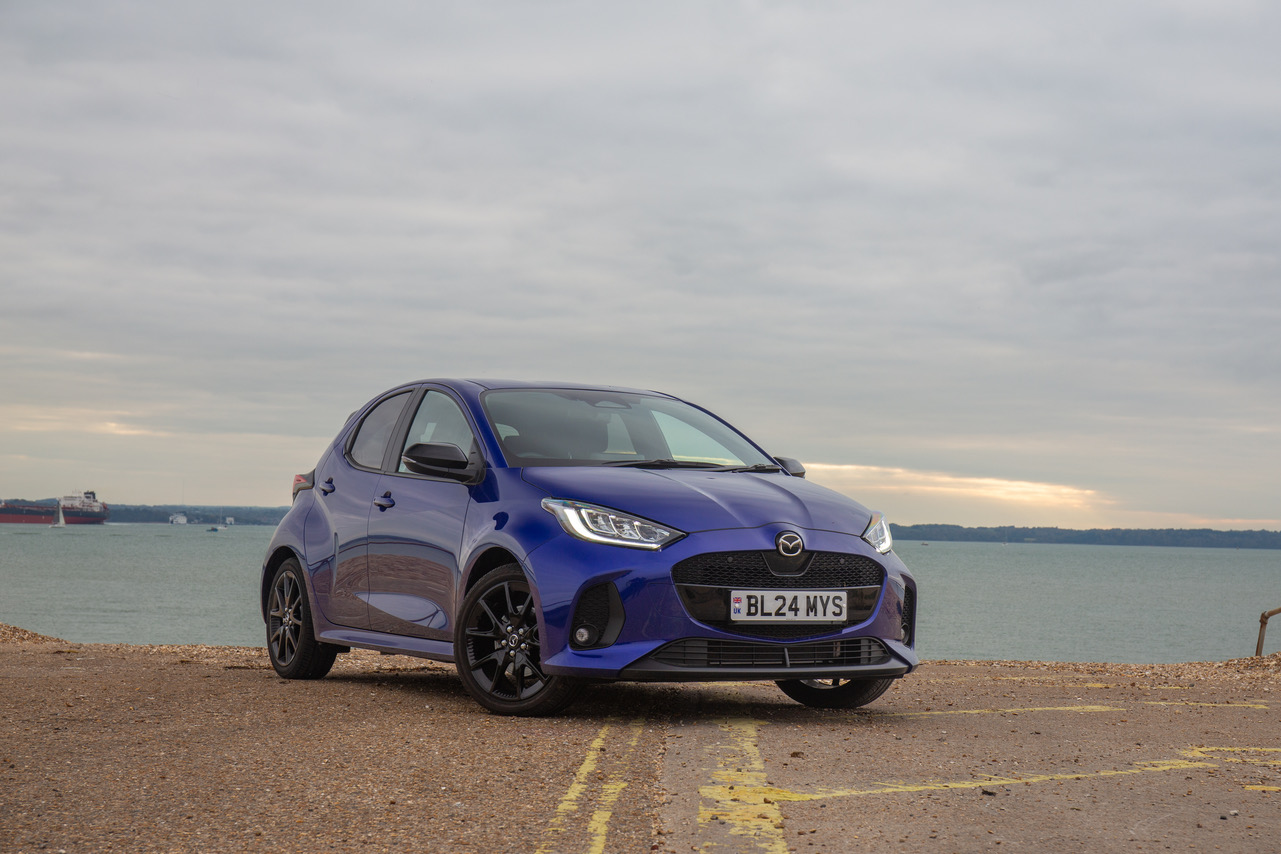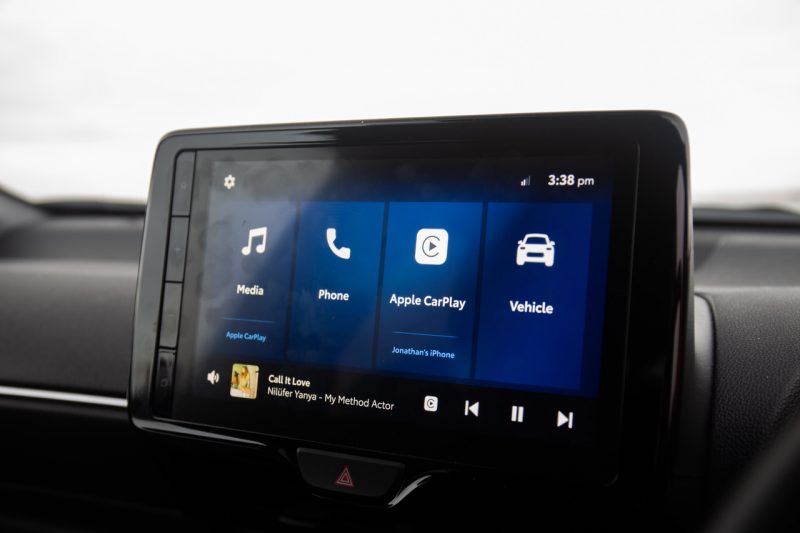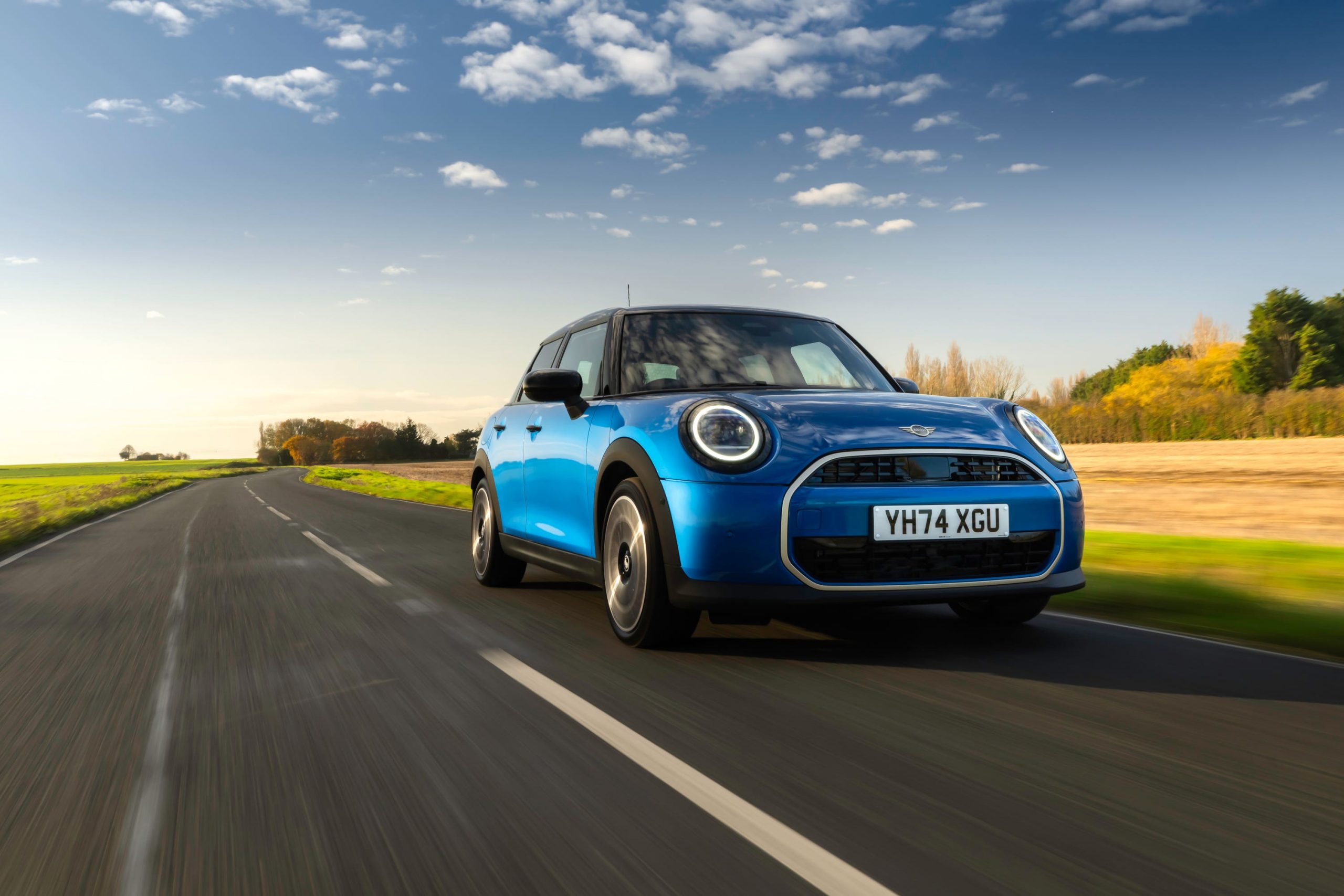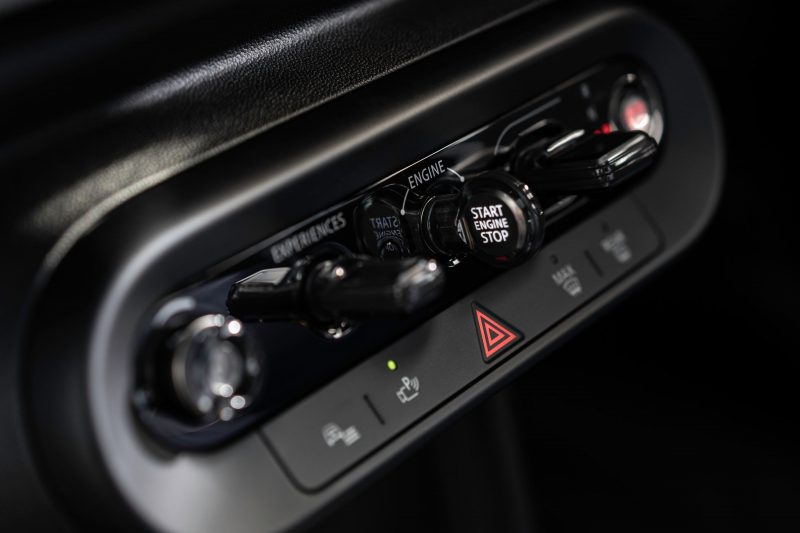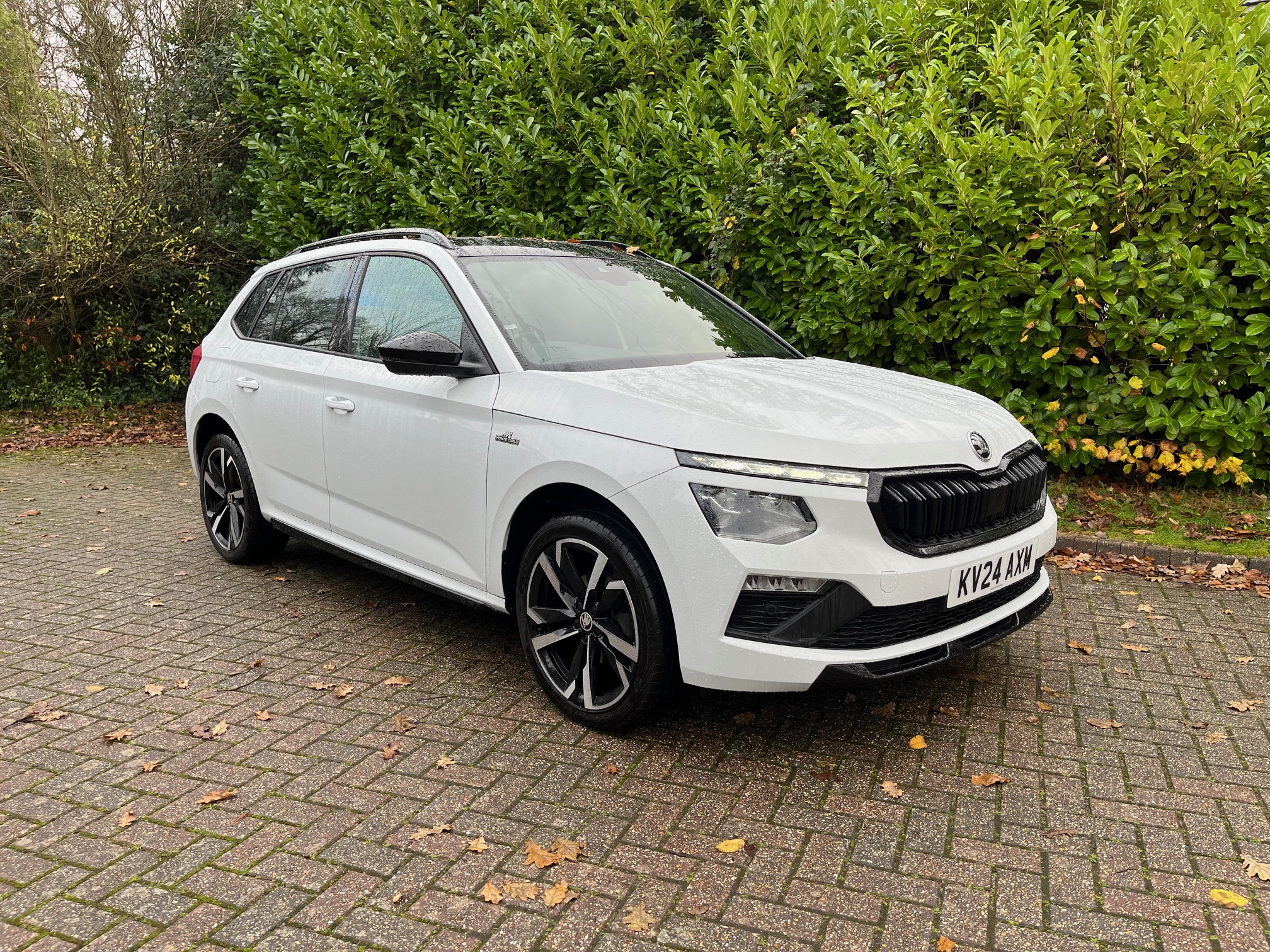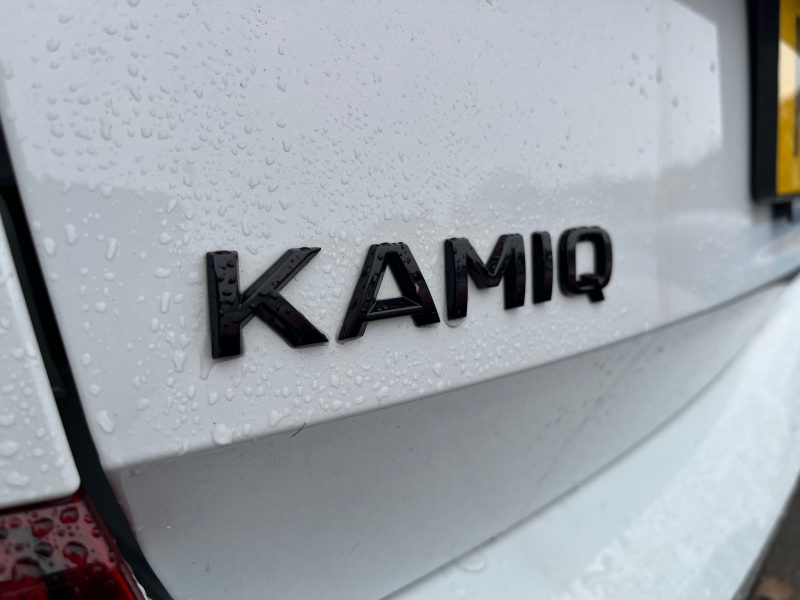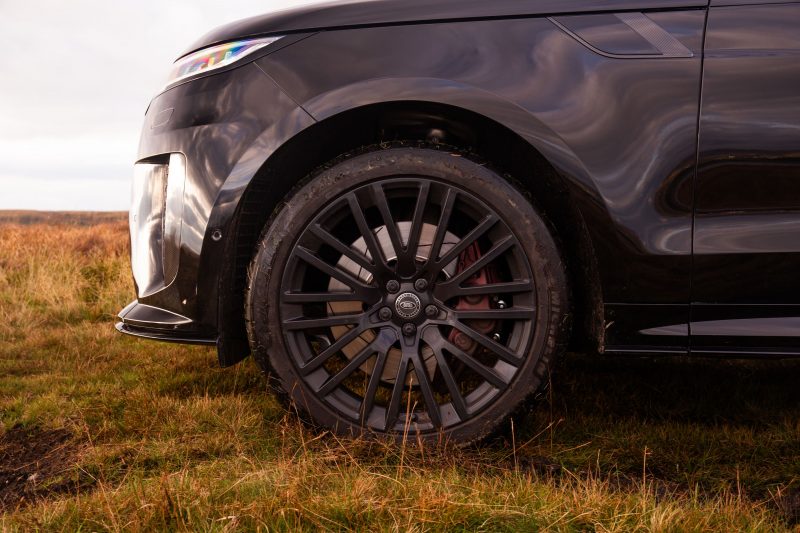A week with a Vauxhall Astra hybrid was great but it made James Batchelor long for his electric version.
One of the things I like most about the Vauxhall Astra Electric is that it’s just so ordinary. An odd thing to say, I’ll admit, but hear me out.
Over the past couple of months, I’ve been driving several EVs, and I’ve noticed that most have tried to be wilfully different from each other. Some have very streamlined styling to improve the car’s electric driving range, while others have fancy lights and interesting interiors. But with the Astra, there’s none of this.
I like that. Apart from the tiny ‘e’ badge on the tailgate, the green stripe on the number plates, and the slightly different alloy wheels design, the Astra Electric looks just like any other Vauxhall Astra. This is no bad thing as I think the current car is one of the best-looking hatchbacks on sale – never have I said about a Vauxhall Astra in the past.
There’s a very good reason for this, though. Unlike Volkswagen and its ID-badged EVs, Vauxhall doesn’t want to make a big thing about having a pure-electric range of models. So, you can have a Corsa, a Mokka and the new Frontera and Grandland SUVs with petrol or electric power. The Astra can also be a petrol plug-in hybrid. Same car, different power.

I had a taste of this recently as I was planning on taking my partner away for her birthday. Knowing that the (hugely expensive, if she’s reading this) country hotel was in a part of the country where EV charging was a little thin on the ground, I decided not to take my Astra Electric. I know, I know… But while I quite enjoy hunting around for EV charging points and commenting on how many pence-per-kWh I’m being charged, others don’t you see – not least my girlfriend.
I could have borrowed a flash German limo, but due to my dedication to living with a Vauxhall and writing reports about it, I thought the perfect substitute for my car was another Astra. The one which was delivered for this romantic getaway was a Sports Tourer (estate, in other words) in identical Ultimate specification. But instead of my car’s 154bhp electric motor and 54kWh battery pack, this one was powered by a 1.2-litre hybrid petrol engine.
It was a nice thing to whisk down to Dorset. It was amazingly refined for a three-cylinder petrol, and I like how it slipped into electric power mode pretty often – that’s not always a given with a hybrid. The geek in me noticed how the central cubby under the armrest is much bigger, and (I’m pretty sure about this and it wasn’t my imagination) how the driver’s seat could be lowered further. Both things are possible, presumably, because there wasn’t a whacking great big battery underneath them.

But, hand on heart, despite having the extra flexibility of not having to find a roadside charger and fill it up, I longed to get back into my electric-powered hatch. I just preferred the silence that comes from the electric motor, and in comparison to my car the hybrid felt coarse (it’s actually pretty refined for a three-cylinder engine, so still the comparison stands). It’s the first time I have ever been in a petrol-powered car and preferred it if it ran on electricity – that’s quite a decisive moment for me. But is the serenity of EV power worth the several thousand pounds extra over the already-excellent hybrid? I’m still trying to work that out and haven’t made up my mind yet.
Aside from this brief dalliance with petrol power, I have been piling on the miles in the Astra Electric recently. There have been numerous runs to the airport, playing taxi driver for my friends, and the car’s practicality credentials were tested to the max when I moved my childhood collection of car magazines from my parent’s house to mine.

Despite being lucky in having test cars available to me much of the time, I have been driving the Astra far more than I thought I would. Thanks to having a home charger, I have really gotten used to walking out of my house every morning to a car that is fully charged. I say that, but thanks to the car’s high efficiency – I’m regularly getting 4.5 miles per kWh on most journeys – I’m probably only charging it twice a week.
I like the scheduled charging feature (you select the time you want the car to start charging through the touchscreen, and when plugging in you press the ‘clock’ button by the charging port) which allows me to charge the car when the energy tariff is cheaper, but I wish the remote heating function – which allows me to set the car’s interior temperature from the comfort of my bed before leaving in the mornings – wasn’t a pricey subscription package. But, then again, why should owners get this convenience feature free of charge?
BG73 ASV is rapidly homing in on 5,000 miles so it might have to have a service in the coming weeks, and the time when the Astra is picked up and returned to Vauxhall for good is also approaching. I shall be trying to complete as many journeys before that day comes.
Facts at a glance
- Model: Vauxhall Astra Electric Ultimate
- Price as tested: £43,960 (correct at time of delivery)
- Engine: Electric motor with 54kW battery
- Power: 154bhp
- Torque: 270Nm
- 0-60mph: 9.0 seconds
- Top speed: 105mph
- Range: 258 miles (claimed)
- Emissions: 0g/km CO2
- Mileage: 4,218
By James Batchelor




